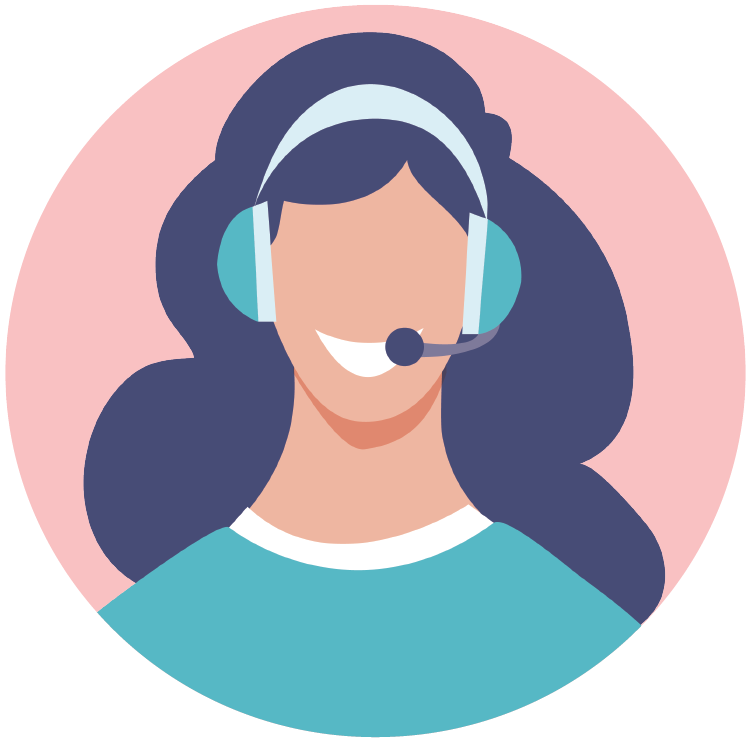Pregnancy massage
4-minute read
Key facts
- Pregnancy massage can help reduce stress, improve your mood and sleep when you're pregnant.
- Massage during pregnancy should be gentle, and it should avoid certain areas of your body.
- Check with your doctor or midwife that it's safe for you to have a pregnancy massage.
- Massage during labour can help manage your pain and improve your birth experience.
What is pregnancy massage?
Pregnancy massage is a type of massage therapy you can have while you are pregnant. It can help you relax and feel more comfortable. Some people also use it instead of medicine during labour.
Pregnancy can put a lot of stress on your back, shoulders, neck and abdominal muscles. Pregnancy massage is designed to relieve common pregnancy problems. It aims to relieve stress, back and leg pain, depression and anxiety.
Massage in pregnancy can involve many different techniques. It is usually a gentle massage.
Pregnancy massage is not the same as perineal massage, which is a massage technique used to help reduce perineal injury during childbirth.
Read the massage therapy guide to learn about some of the different types of massage available.
What does a pregnancy massage involve?
Before the massage begins, your therapist may talk to you about your health and lifestyle.
They may ask you to lie on a specially designed massage table. They may cover you with a sheet to protect your privacy and to keep you comfortably warm. You can usually choose to undress partially or fully, depending on your preference.
Your massage therapist will use their hands and fingers to massage your body. They may use pillows to help you get comfortable in a position that is safe for pregnancy.
It's best to avoid lying flat on your back during the second half of pregnancy, and especially in the third trimester. This position can put too much pressure on the vein that runs from your legs to your heart. It can make you feel dizzy or cause shortness of breath and can prevent oxygen from getting to your baby.
What are the health benefits of pregnancy massage?
Pregnancy massage may:
- reduce stress
- increase immune response
- reduce leg and back pain
- improve your mood
- help anxiety and depression
- improve sleep
There is good evidence that massage during labour can help manage your pain and improve your emotional experience of labour.
Is pregnancy massage safe?
Massage therapy is generally considered safe. It's important to make sure your massage therapist is specially trained in pregnancy massage. Your partner can also help by giving you a gentle massage — just make sure they know how to do it safely during pregnancy.
Watch this video from Mater Health on preparing for labour — partner massage.
Massage should not be done while you are lying on your stomach or back. Your therapist should avoid pressing certain pressure points and avoid massaging your abdomen (tummy). They should be very gentle on your legs, because you have a higher chance of developing a blood clot when you're pregnant.
Check with your therapist to make sure they only use creams or oils that are safe in pregnancy.
Always check with your doctor or midwife before you have a pregnancy massage.
Resources and support
Visit Massage & Myotherapy Australia to find a qualified therapist in your area.

Speak to a maternal child health nurse
Call Pregnancy, Birth and Baby to speak to a maternal child health nurse on 1800 882 436 or video call. Available 7am to midnight (AET), 7 days a week.
Learn more here about the development and quality assurance of healthdirect content.
Last reviewed: April 2025



